Celery is one of the most popular leafy vegetables globally, celebrated for its crisp texture, refreshing taste, and numerous health benefits. Rich in vitamins, minerals, and antioxidants, celery is a staple in salads, soups, juices, and even snacks. However, growing and harvesting celery is no easy feat. To achieve high-quality, market-ready stalks, farmers must follow careful cultivation and harvesting processes.
Modern celery farming integrates precision agriculture, automated tools, and efficient processing techniques to produce fresh, crisp, and uniform stalks. In this blog post, we will explore the step-by-step celery harvesting process, from cultivation to post-harvest handling, giving you an in-depth look at how this remarkable vegetable reaches your table.
Step 1: Understanding Celery Growth and Maturity
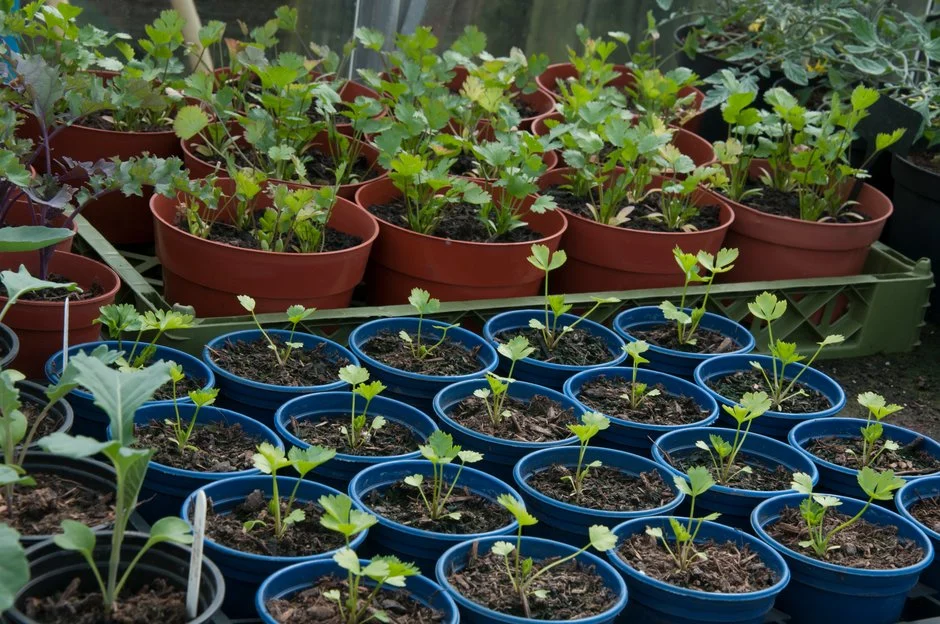
Before harvesting, it’s essential to know the stages of celery growth:
- Seedling Stage: Celery is typically started from seeds or transplants, which grow into small, delicate plants.
- Vegetative Growth: Stalks and leaves develop, requiring consistent water and nutrients.
- Mature Stage: Celery is ready to harvest when stalks are firm, tall, and fully grown — usually 3–4 months after planting.
Timing is critical. Harvest too early, and stalks may be underdeveloped; harvest too late, and the celery may become fibrous or bitter. Proper monitoring ensures optimal taste, texture, and market value.
Step 2: Preparing for Celery Harvest
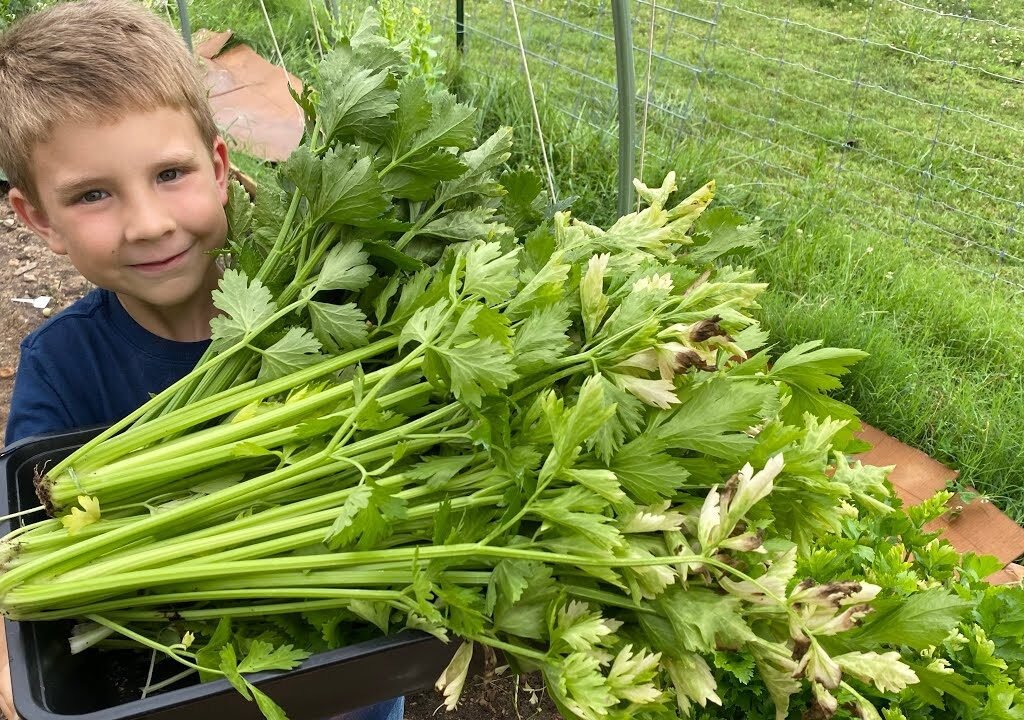
Successful harvesting begins with preparation:
- Watering: Celery requires consistent moisture. One day before harvest, fields are often irrigated to soften the soil, making it easier to lift the stalks.
- Tools and Equipment: Farmers use specialized knives, harvesting machines, or hand tools for precision cutting. In large-scale operations, mechanical harvesters speed up the process.
- Labor Planning: For hand-harvested celery, organized teams ensure efficient and uniform picking.
Preparation ensures minimal damage to plants and maximizes yield.
Step 3: Choosing the Right Harvesting Method
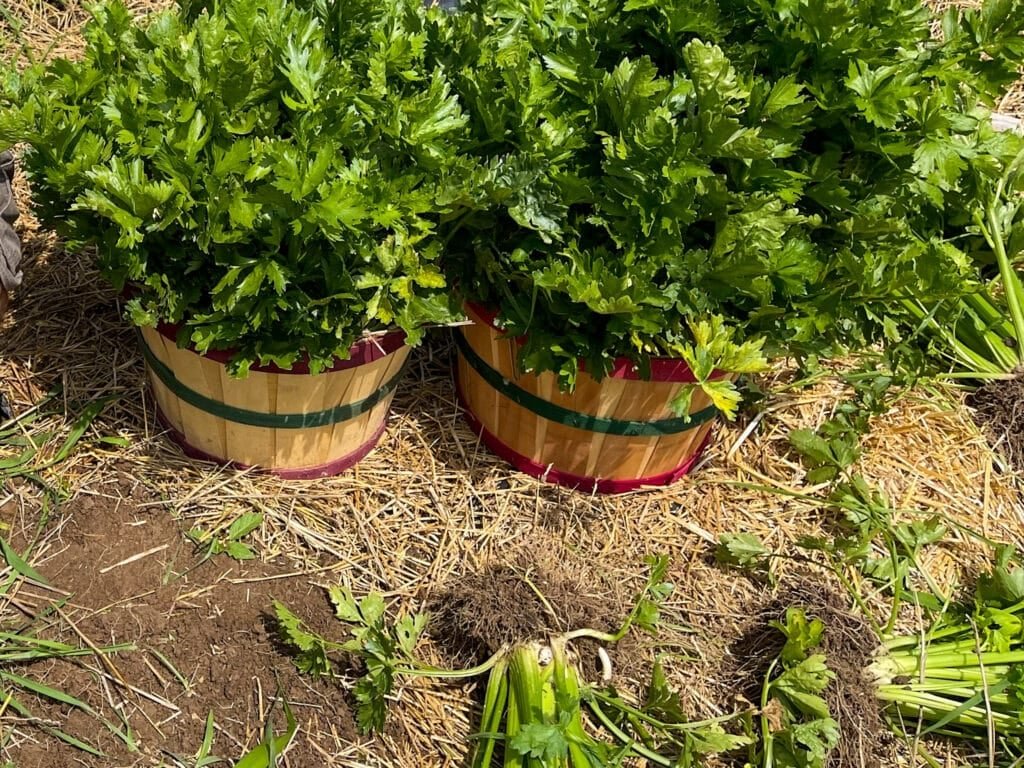
Celery can be harvested manually or mechanically depending on farm size:
- Manual Harvesting:
- Farmers cut celery stalks close to the base using knives or shears.
- This method is suitable for small farms or markets requiring premium, hand-selected produce.
- Workers inspect each stalk for uniformity, removing damaged or discolored leaves.
- Mechanical Harvesting:
- Large commercial farms use celery harvesters, machines designed to lift, cut, and trim stalks efficiently.
- Harvesters reduce labor costs and speed up the process.
- Modern machines can also trim roots and remove outer leaves, preparing celery for processing immediately.
Step 4: Step-by-Step Manual Harvesting Process
For farms practicing hand harvesting, the process involves several precise steps:
- Inspect the Field: Identify mature celery plants with firm, well-developed stalks.
- Loosen the Soil: Lightly loosen soil around the base to prevent damaging roots.
- Cut the Stalks: Using a sharp knife, cut stalks at ground level, leaving roots behind if regrowth is possible.
- Trim Leaves: Remove yellowed or damaged outer leaves to enhance appearance.
- Bundle and Pack: Tie stalks in uniform bundles for easy handling and transport.
Attention to detail ensures celery remains crisp, fresh, and visually appealing.
Step 5: Mechanical Harvesting of Celery
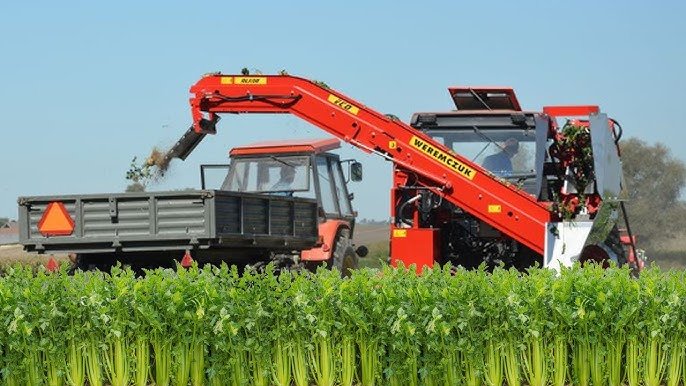
Mechanical harvesting is widely used in large-scale commercial farms. Here’s how modern machines operate:
- Lifting: Machines lift the entire celery plant gently from the soil without crushing the stalks.
- Cutting: Automated blades trim the stalks at the proper height.
- Cleaning: Machines remove excess soil and outer leaves.
- Sorting: Conveyor systems separate celery by size and quality.
- Collection: Finished celery stalks are collected into bins for transport or processing.
Mechanical harvesting reduces labor needs while maintaining uniform quality, making it ideal for high-volume production.
Step 6: Post-Harvest Handling
Once harvested, celery requires careful post-harvest treatment to maintain freshness:
- Washing: Remove soil, debris, and minor pests using gentle water sprays.
- Cooling: Hydro-cooling or cold water immersion lowers the temperature quickly, preserving crispness and extending shelf life.
- Sorting and Grading: Machines or workers grade celery based on stalk size, leaf condition, and color.
- Packaging: Celery is packed in crates, trays, or shrink-wrapped bundles for retail or wholesale.
- Storage: Store celery at 0–2°C with high humidity to prevent wilting and nutrient loss.
Efficient post-harvest handling ensures that celery reaches consumers fresh, crisp, and ready to use.
Step 7: Tips for Quality Celery Harvesting
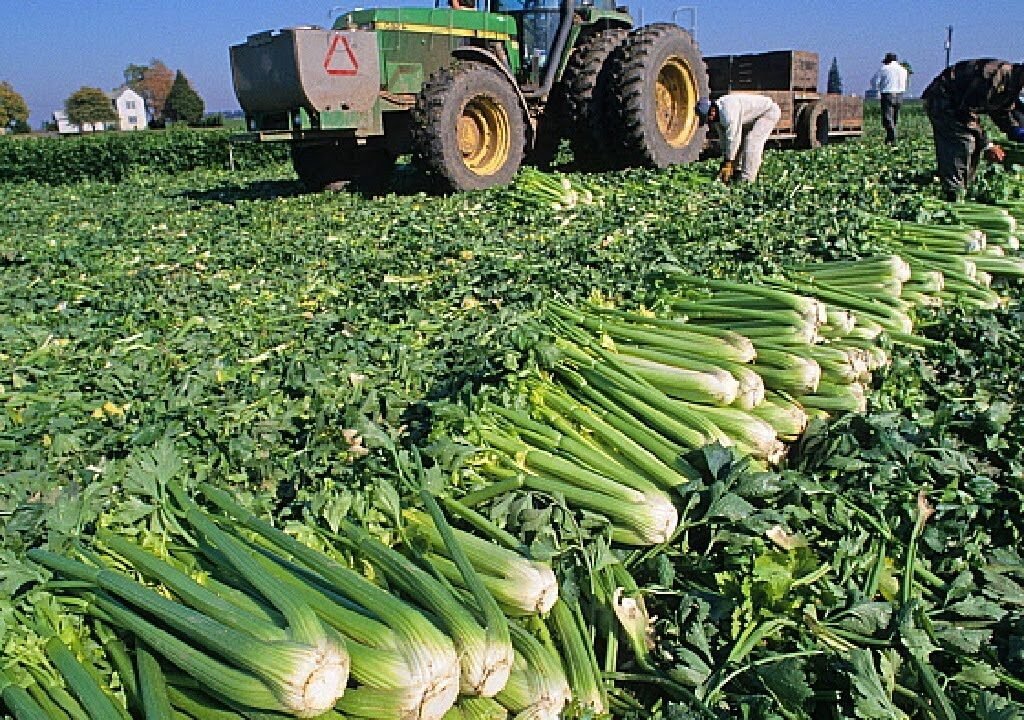
To achieve premium celery quality, consider the following tips:
- Harvest Early in the Day: Cooler morning temperatures prevent heat-induced wilting.
- Handle Gently: Avoid crushing or bending stalks to maintain crispness.
- Regular Inspection: Check for pests, diseases, or damaged leaves during harvest.
- Immediate Cooling: Rapid cooling maintains freshness and flavor.
- Use Clean Equipment: Sanitize knives, machines, and containers to reduce contamination risks.
These small adjustments can significantly improve yield quality and shelf life.
Step 8: Celery Processing Technology
Some farms take harvesting a step further by integrating processing techniques for ready-to-use celery:
- Trimming: Outer leaves and roots are removed, leaving clean, uniform stalks.
- Cutting: Celery stalks may be pre-cut into sticks or diced for salads and snacks.
- Packaging: Modified atmosphere packaging (MAP) extends freshness during transport.
- Cold Storage: Keeps processed celery crisp and nutrient-rich for longer periods.
Processing increases market value and allows celery to reach both retail and food service industries in ready-to-use form.
Step 9: Sustainable Practices in Celery Harvesting
Modern celery farming emphasizes sustainability to reduce environmental impact:
- Water Efficiency: Drip irrigation and timed watering reduce wastage.
- Reduced Labor Strain: Mechanical harvesters minimize human effort and increase efficiency.
- Organic Pest Control: Biological methods and reduced chemicals maintain soil and environmental health.
- Recycling Residues: Stalks, roots, and leaves not fit for sale can be composted or used as livestock feed.
Sustainable practices make celery farming profitable and environmentally responsible.
Step 10: Challenges and Solutions in Celery Harvesting
Challenges:
- Labor shortages for manual harvesting
- Maintaining freshness in hot climates
- Pest and disease outbreaks during the growing season
- Ensuring uniform quality across large fields
Solutions:
- Implement mechanical harvesters for efficiency
- Use hydro-cooling and cold chain logistics to maintain freshness
- Apply smart pest management and monitoring systems
- Train workers in proper handling and sorting techniques
Modern technology and smart farming practices help overcome these challenges effectively.
Conclusion
Celery harvesting is a precise, labor-intensive, and time-sensitive process that requires careful planning, proper tools, and attention to detail. From manual harvesting to mechanical automation, and from field inspection to post-harvest cooling and packaging, every step contributes to delivering fresh, crisp, and nutritious celery to consumers.
Modern technology in celery farming not only enhances efficiency but also ensures sustainability, reduces labor dependency, and maximizes market value. Whether you’re a small-scale farmer, a commercial grower, or simply interested in agriculture, understanding the celery harvesting process provides valuable insights into modern vegetable farming techniques.
Key Takeaway:
Harvesting celery efficiently requires timely cutting, careful handling, and modern post-harvest processing. By combining traditional knowledge with modern agricultural technology, farmers can ensure high-quality, fresh celery reaches tables worldwide — crisp, nutritious, and ready to enjoy.
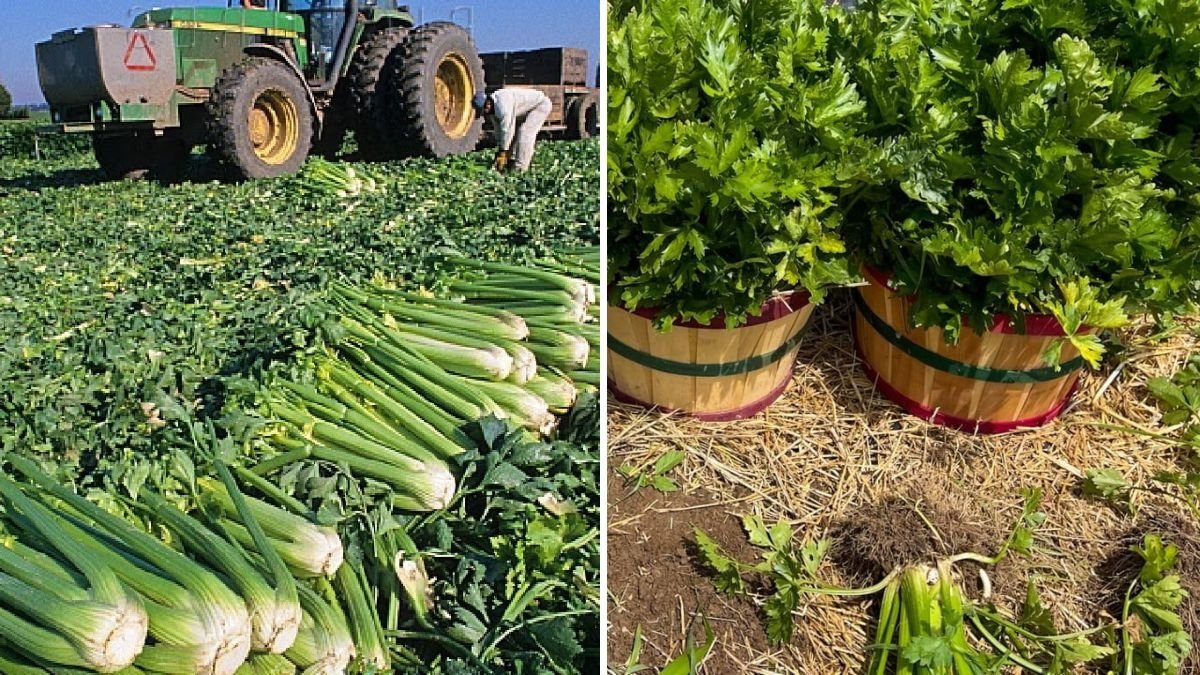

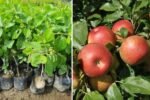



Leave A Comment